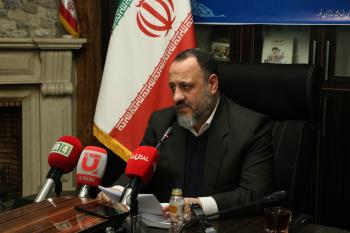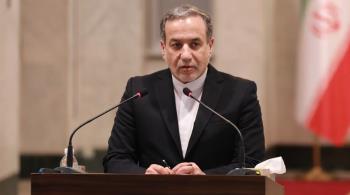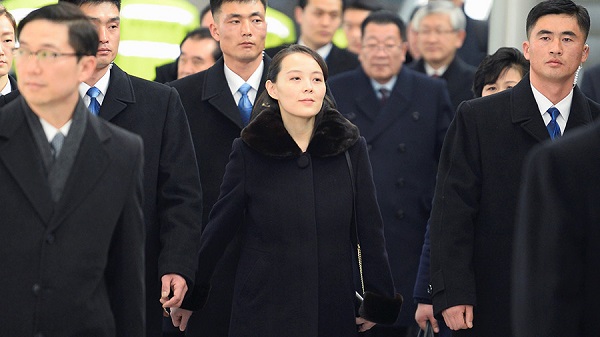Alwaght- On the eve of Pyeongchang Winter Games which see the participation of athletes from North Korea, Seoul and Pyongyang are apparently taking, though yet initial, steps towards de-escalation of several-decade tensions.
Despite the fact that the US has firmly continued its inflexibly confrontational approach in dealing with North Korea, the South Korean leaders are trying to make it clear to the President Donald Trump’s administration that diplomacy should still be kept the main choice of the efforts to set the two Koreas on a reconciliatory course. However, it must be taken into consideration that the fresh exhibition of interest in embarking on a dialogue course is not new. In fact, whenever the sides of the tension of the Korean Peninsula find the situation extremely tense, they move towards calming down because they are well aware of the red lines drawn.
The US Vice-President Mike Pence has arrived in South Korea, which also has a guest delegation from North featuring the ceremonial head of state of North Korea Kim Yong Nam and the sister of the Kim Jong-un of North Kim Yo-jong. Asked about possibly meeting with the North’s officials, the American official said that was not unlikely. The case becomes important if we know that earlier the US Secretary of State Rex Tillerson had said that he saw it not unlikely that Americans will meet a North Korean delegation on the sidelines of the winter games opening ceremony.
Some speculations have predicted that the sister of the leader of North will possibly meet with Pence. If this meeting takes place, it will be the first in years of a dialogue stalemate. The most historical meeting of the two sides’ officials happened in the mid-1990s, when the former American president Jimmy Carter was sent by incumbent President Bill Clinton to Pyongyang and met and agreed for further talks with the North’s late leader Kim Il-sung.
When in Japan, the American vice-president talked about even tougher anti-North sanctions. He reiterated his predecessors’ words that all of the options were on the table in relation to Pyongyang and continued that Washington deployed its most modern weapons to the region to protect its allies and that it will keep doing so.
All these and more indicate that the US does not peace for the Peninsula. While the two Koreas in the past two months showed a great will to improve ties by avoiding more tensions and Jong-un in his new year’s speech talked peace and halted his nuclear and missile tests in the past two months, the US declined to show an interest in seeing relatively calm situation in the region as Trump, just against his country’s traditions, called for the US to hold military parade in a show of might. The marked point is that the US recently unveiled its intention to build smaller but “usable” nuclear bombs in a bid to put more seriousness into its nuclear strikes threats.
The contradictory policy of showing interest in negotiations, on the one hand, and threatening with nukes, on the other hand, lay bare the fact that rational policy of Pyongyang have made Washington be in a fog about what to do next without drawing the Chinese and Russian opposition.
In the past few days, China, the most strategic partner of North Korea, has put its military forces on high alert. According to the media reports, preparing to address potential crisis, Beijing has deployed some 300,000 troops along with full equipment to the Northern borders. Earlier, the Chinese officials had said that if Pyongyang will not be a war starter, Beijing will not be indifferent to the possible conflict in the Korean Peninsula.
Regarding the fact that the rules of the game are changing in Asia-Pacific region, the US is struggling to build a new alliance comprised of India, Japan, and Australia all to curb rising China.
Over the past year, the US published at least three official strategic documents, all of which contain a kind of American strategic pessimism about China rise. The US looks at China of 2018 and beyond through the lens of these documents. This vividly means that strategic competition of the powers in Asia is in the fast lane now. The Chinese decision-makers also believe that such a race is underway now, even in a bigger size than before. The Chinese analysts now assert that the country’s security environment has undergone transformation especially as Beijing was plainly named the key strategic rival to the US in the documents. When the new national security doctrine was announced by Trump administration which sees China as a threat to its global position, economic pressures against Beijing and its allies became the main pillars of the White House’s East Asia policy.
Accordingly, it should be concluded that despite the positive developments in inter-Korean relations, the US finds such atmosphere as inconsistent with its objectives and interests. Threatening with fresh crippling sanctions, Washington wants to keep North Korea away from the negotiating table.



























